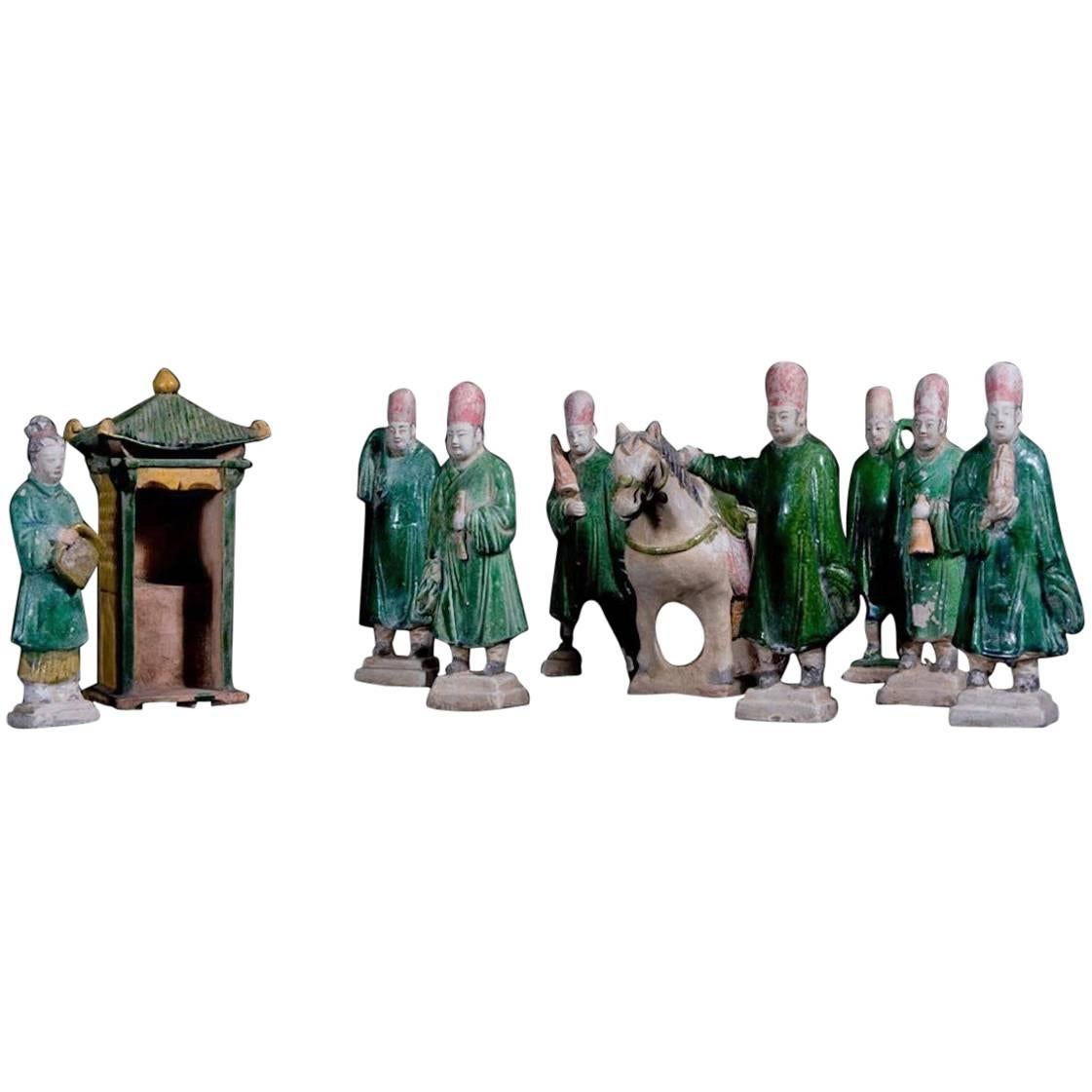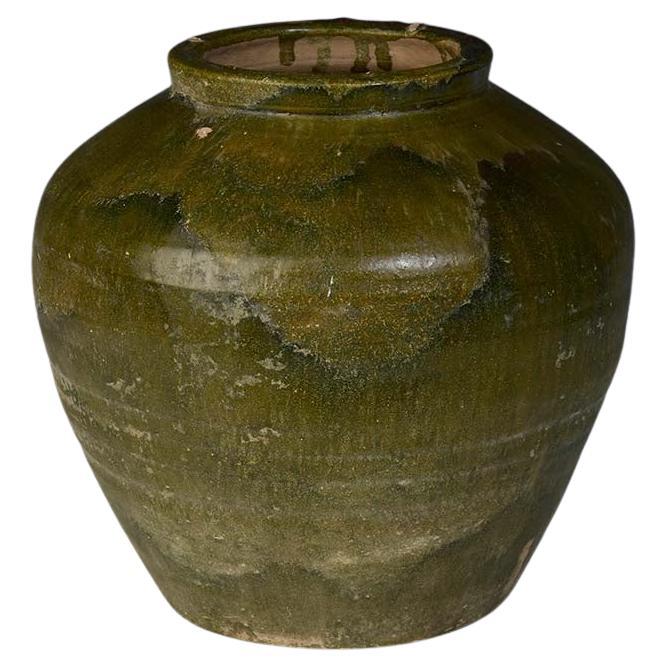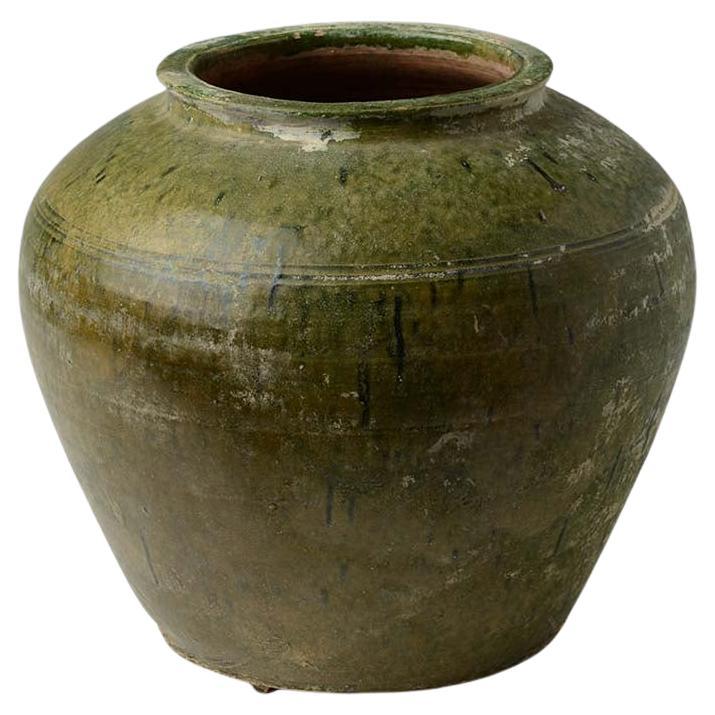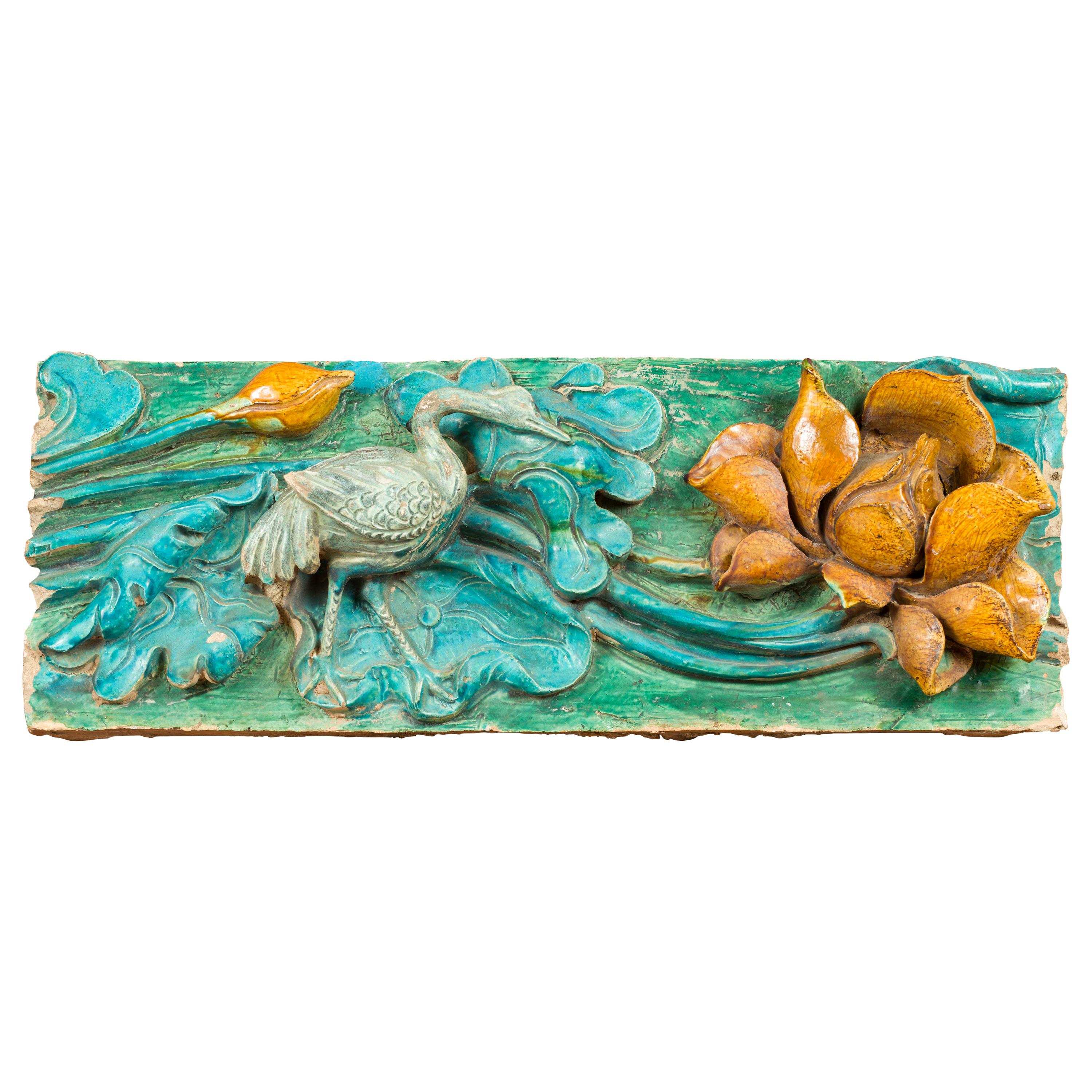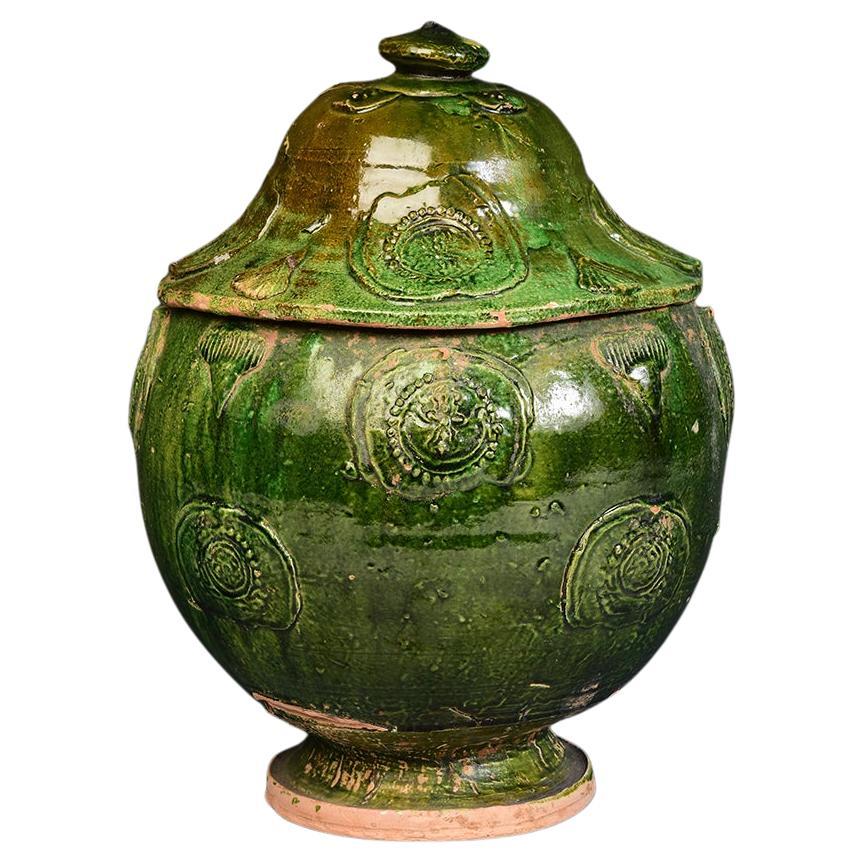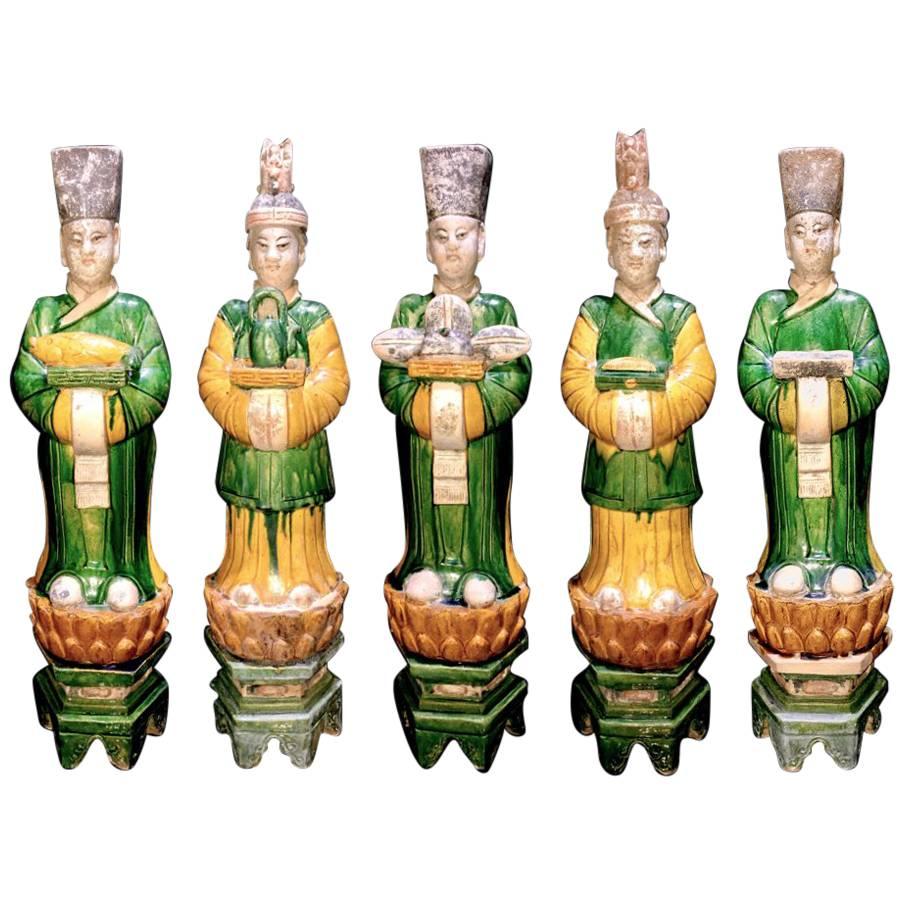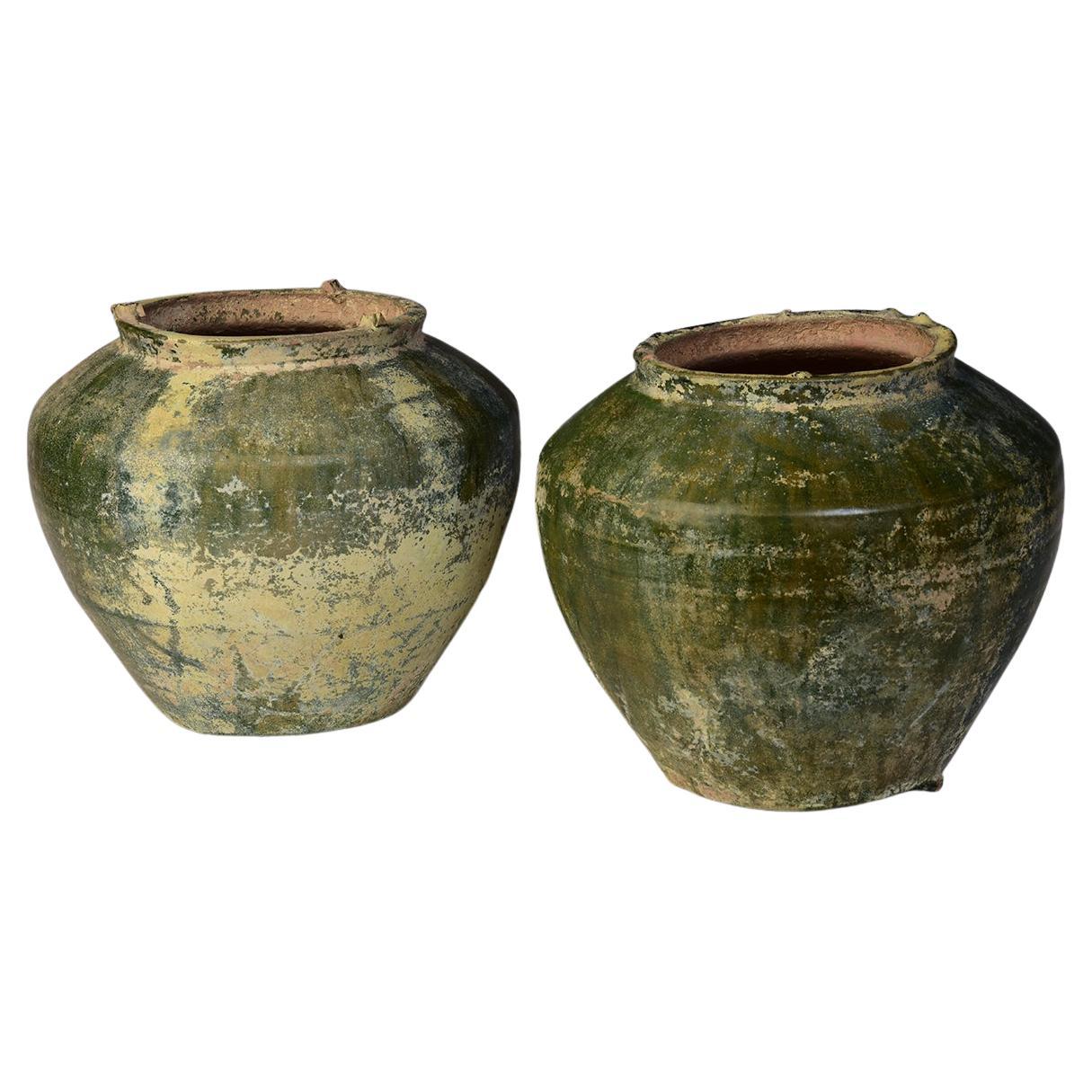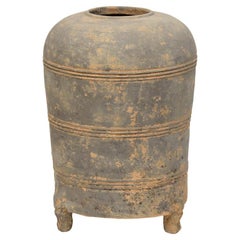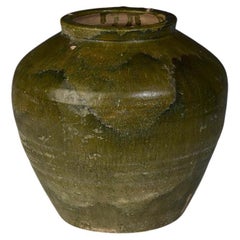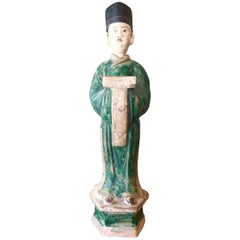
Ming Dynasty Pottery Figure
View Similar Items
1 of 7
Ming Dynasty Pottery Figure
About the Item
- Dimensions:Height: 18 in (45.72 cm)Diameter: 5 in (12.7 cm)
- Materials and Techniques:
- Place of Origin:
- Period:
- Date of Manufacture:circa 1850
- Condition:Wear consistent with age and use.
- Seller Location:New York, NY
- Reference Number:Seller: A-38191stDibs: LU849510389803
You May Also Like
- Han Dynasty, Antique Chinese Pottery Granary JarLocated in Sampantawong, THChinese pottery granary jar, with cylindrical shape, decorated with bands of incised lines, and supported by three legs. Age: China, Han Dynasty, 206 B.C. - A.D. 220 Size: heigh...Category
Antique 15th Century and Earlier Chinese Antiquities
MaterialsPottery
$1,000 Sale Price20% Off - Impressive Terracotta Funerary Procession - Ming Dynasty, China '1368-1644 AD'Located in San Pedro Garza Garcia, Nuevo LeonImpressive Funeral Ensamble of 10 Terracotta Glazed Figures in green and caramel colors depicting a votive procession with a palanquin, his four carriers, a horse, a stableman, two musicians, and an offering carrier. This ensemble is accompanied by a Certificate of Authenticity, and Certificate of Expertise by Jean-Yves Nathan - Specialist in Asian Arts for the CEDEA (The European Confederation of Art Experts). Burial figurines of graceful dancers, mystical beasts, and everyday objects reveal both how people in early China approached death and how they lived. Since people viewed the afterlife as an extension of worldly life, these figurines, called mingqi, sometimes referred as “spirit utensils” or “vessels of ghosts” disclose details of routine existence and provide insights into belief systems over a thousand-year period. The Ming dynasty was the ruling dynasty of China – then known as the Empire of the Great Ming – for 276 years (1368–1644 AD). Founded by Chu Yuan-chang, the rebel leader that was successful in removing the mongols from the throne. Chinese control was re-asserted in China and eastern Asia. Literature became more important, schools were created, and the justice system was reformed. The Ming dynasty is described by some as "one of the greatest eras of orderly government and social stability in human history,” was the last imperial dynasty in China ruled by ethnic Han Chinese. The practice of burying ceramic objects with the deceased went into decline from the 10th to the 14th Century AD. There was a revival in placing miniature representations of glazed terracotta objects such a furniture, food offerings, horses, miniature statues...Category
Antique 15th Century and Earlier Chinese Ming Antiquities
MaterialsTerracotta
- Han Dynasty, Antique Chinese Green Glazed Pottery JarLocated in Sampantawong, THChinese green glazed pottery jar. Lead glaze with copper is the main colorant used in Han period to produce green glaze. Greenware became popular during the Eastern Han...Category
Antique 15th Century and Earlier Chinese Antiquities
MaterialsPottery
$1,760 Sale Price20% Off - Han Dynasty, Antique Chinese Green Glazed Pottery JarLocated in Sampantawong, THChinese green glazed pottery jar in globular form with plain decoration. Lead glaze with copper is the main colorant used in Han period ...Category
Antique 15th Century and Earlier Chinese Antiquities
MaterialsPottery
$1,760 Sale Price20% Off - Yuan Dynasty, Antique Chinese Brown Glazed Pottery JarLocated in Sampantawong, THChinese brown glazed pottery jar with round shape. Age: China, Yuan Dynasty, 13th Century Size: height 21.8 cm / width 27.5 cm Condition: Well-preser...Category
Antique 15th Century and Earlier Chinese Antiquities
MaterialsPottery
$1,080 Sale Price20% Off - Chinese Ming Dynasty Period Ancient Turquoise Roof Tile with Crane and FlowerLocated in Yonkers, NYA Chinese Ming dynasty period ancient roof tile with turquoise finish, crane and flower. Created in China during the Ming dynasty (1368-1644), this ancient roof tile features a turqu...Category
Antique 16th Century Chinese Ming Antiquities
MaterialsCeramic
Recently Viewed
View AllMore Ways To Browse
Antique Ming Pottery
Chinese Pottery Figure
Chinese Ming Pottery
Ming Figure
Ming Dynasty Pottery
Chinese Ming Dynasty Pottery
Ming Dynasty Figure
Ming Dynasty Clay
Antique Antiquity
Antique Antiquities
Antique Furniture Antiquities
Gold Antiquities
Antique 15th
15th Century Antiques
China Antiquity
Antique 15th Century Furniture
China Han
Early Chinese Pottery

